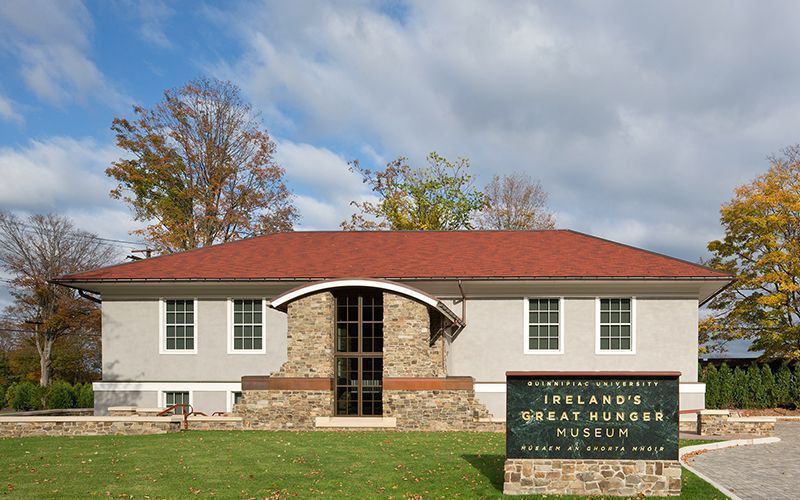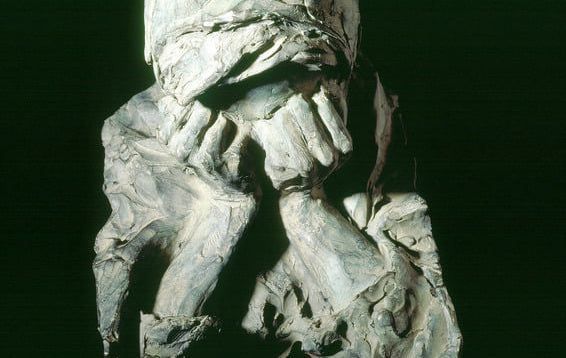The imminent closure of Ireland’s Great Hunger Museum located on the campus of Quinnipiac University in Hamden, Connecticut is a tragic occurrence for the Irish American community, and a solution must be found to create a viable and visible future for the institution.
The Great Hunger Museum was closed during the Covid emergency and has not been open since. Rumbles of troubles within the new Quinnipiac board and attempts to downgrade the Irish exhibit were quickly apparent.
So it was no great surprise when it was decided by a unanimous vote of the board the museum could not open again.
The university stated it “is in active conversations with potential partners with the goal of placing the collection on display at an organization that will increase access to national and international audiences about Ireland’s Great Hunger.”
Who are these potential partners we wonder, and will the exhibition be transported whole to one venue rather than scattered and broken up?

Ireland's Great Hunger Museum at Quinnipiac University in Connecticut.
The Great Hunger Museum was the brainchild of Dr. John Lahey, the immediate past president of Quinnipiac who transformed the Connecticut university from a backwater to a major college.
Lahey scoured Europe and America seeking the best artifacts from the Irish Famine period and assembled the most comprehensive set of historical documents, paintings and sculptures ever.
He was a man on a mission, and it is startling to see how little was thought of his extraordinary work by the university’s board and Judy Olian, the president who replaced him.
It must be said if this were a Holocaust or Black Lives Matter exhibit, there is no way it would be treated so shabbily. The experience of the Irish in undergoing the most cataclysmic event of 19th century Europe hardly seems to matter.
But all is not lost. Lahey saved the New York City St. Patrick’s Parade when he became chairman. He artfully solved the gays marching in the parade issue which had become a Sisyphean task for so many others.
He was very keen to strengthen the cultural ties between Quinnipiac and Irish America, but the new regime has different ideas. Lahey must surely be the most important voice on what happens now.
Olian is an Australian native and human resources management and business expert who, judging by pronouncements, probably prefers discussing balance sheets to Irish Famine topics.
She and her board showed little regard for the significant Irish American cultural and academic background at Quinnipiac. They were quick to prioritize shutting down the Great Hunger Museum unless proper funding was secured.
All of the machinations occurred with very little input from Irish American groups, and the sense was Olian wanted the museum gone as soon as possible.
There has been major speculation as to where the museum’s collection will end up. One place might be the American Irish Historical Society on Fifth Avenue, the finest Irish building in America but, alas, also the subject of a major dispute as to its relevance and future.
Perhaps it is too simple a solution, but placing the exhibits of the Great Hunger Museum in the American Irish Historical Society could save both institutions from disaster.
Whatever decision is made it must be done as soon as possible. The Great Hunger Museum must continue as one of the most important Irish landmarks in America.
*This editorial first appeared in the September 1 edition of the weekly Irish Voice newspaper, sister publication to IrishCentral.




Comments